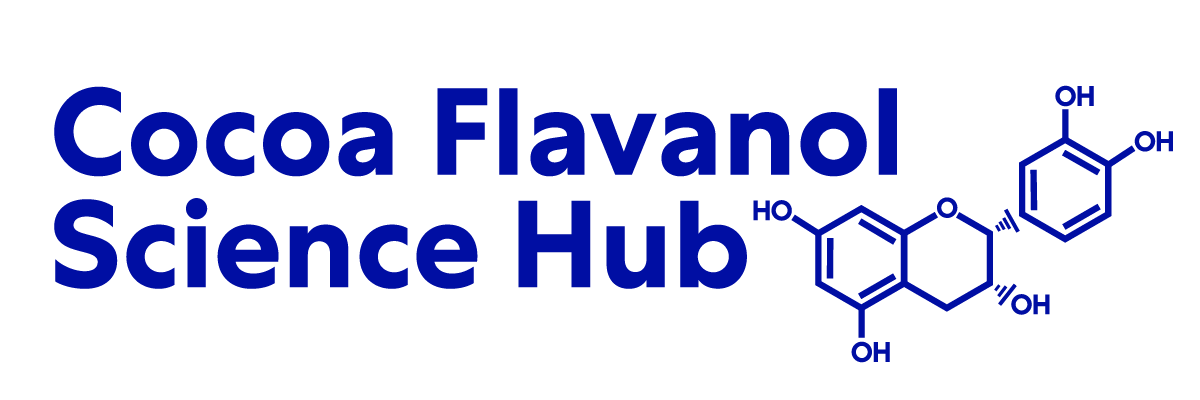Structurally related (-)-epicatechin metabolites in humans: assessment using de novo chemically synthesized authentic standards.
Accumulating data suggest that diets rich in flavanols and procyanidins are beneficial for human health. In this context, there has been a great interest in elucidating the systemic levels and metabolic profiles at which these compounds occur in humans. Although recent progress has been made, there still exist considerable differences and various disagreements with regard to the mammalian metabolites of these compounds, which in turn are largely a consequence of the lack of availability of authentic standards that would allow for the directed development and validation of expedient analytical methodologies. In this study, we developed a method for the analysis of structurally related flavanol metabolites using a wide range of authentic standards. Applying this method in the context of a human dietary intervention study using comprehensively characterized and standardized flavanol- and procyanidin-containing cocoa, we were able to identify the structurally related (-)-epicatechin metabolites (SREM) postprandially extant in the systemic circulation of humans. Our results demonstrate that (-)-epicatechin-3'-β-D-glucuronide, (-)-epicatechin-3'-sulfate, and a 3'-O-methyl-(-)-epicatechin-5/7-sulfate are the predominant SREM in humans and further confirm the relevance of the stereochemical configuration in the context of flavanol metabolism. In addition, we also identified plausible causes for the previously reported discrepancies regarding flavanol metabolism, consisting, to a significant extent, of interlaboratory differences in sample preparation (enzymatic treatment and sample conditioning for HPLC analysis) and detection systems. Thus, these findings may also aid in the establishment of consensus on this topic.
See the Full Study > (opens in a new tab)








